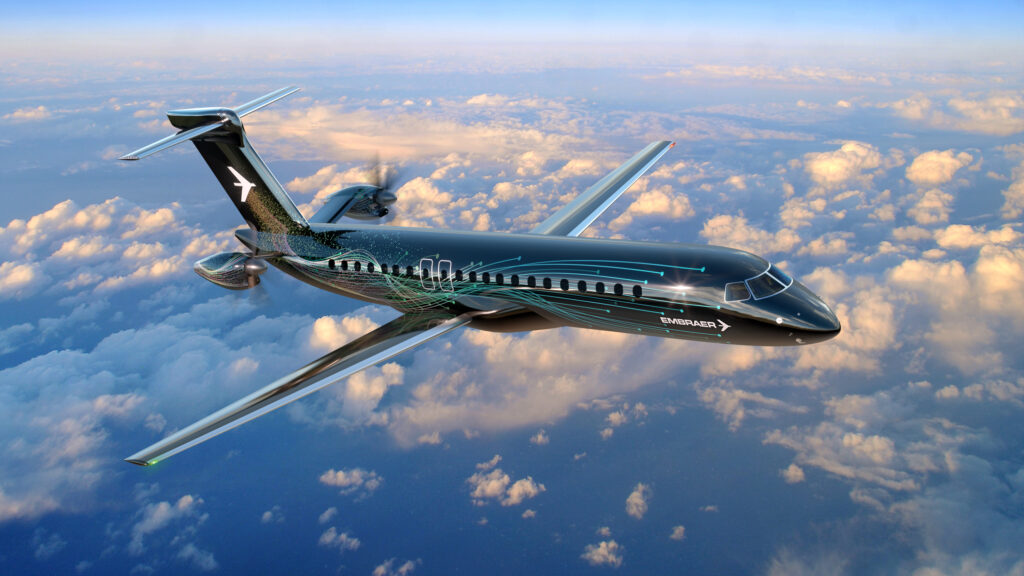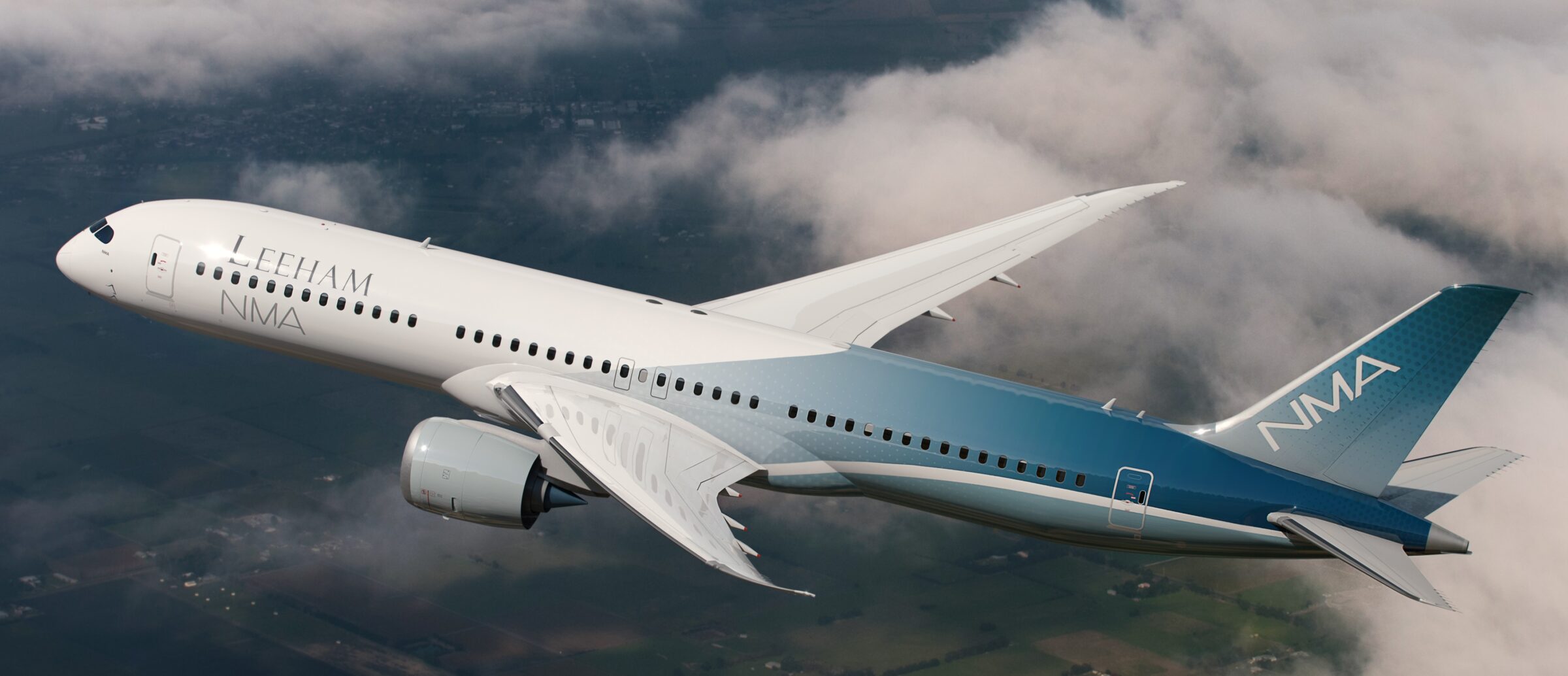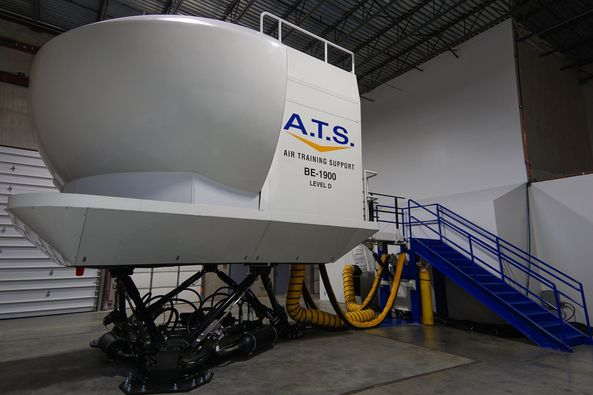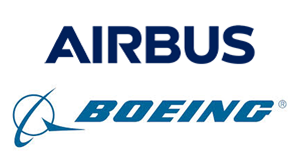Leeham News and Analysis
There's more to real news than a news release.
How Boeing is Rebuilding Engineering Excellence
Subscription Required
By Bjorn Fehrm
Introduction
June 9, 2022, © Leeham News: As described in our Monday article, Boeing is preparing for its Next Boeing Airplane (NBA). At the same time, the company is hard at work to ensure this will be no repeat of the 787 and 737 MAX program debacles.
The 2022 Chief Aerospace Safety Officer Report was issued two weeks ago. It gives insight into the work that shall ensure such failures won’t happen again. Here is what the report says about how Boeing is rebuilding its Engineering Excellence.
Summary
- The 787 and 737 MAX failures came from a company culture where engineering excellence played second fiddle to short-term business objectives.
- Boeing has now made changes from the board level to how it organizes its engineers. These changes go in the right direction, but will they be enough?
Boeing delays 777X first delivery delayed until 2025; posts $1.2 B loss in first quarter
UPDATED
April 27, 2022, © Leeham News: Boeing’s 777X program took another hit Wednesday, when the company said it won’t deliver the first 777-9 until 2025 due to new delays getting the plane certified. It has halted 777-9 production through 2023, which the company expects to incur $1.5 billion in abnormal costs until the assembly line starts moving again.
 The aerospace giant’s Q1 earnings report is soaked in red ink: a $1.2 billion net loss, a $3.6 billion loss in free cash flow and a $2.06 GAAP loss per share and a $2.75 core (non-GAAP) loss per share. The results fell far below the roughly 20 cents per share loss and $15 billion expected by Wall Street analysts.
The aerospace giant’s Q1 earnings report is soaked in red ink: a $1.2 billion net loss, a $3.6 billion loss in free cash flow and a $2.06 GAAP loss per share and a $2.75 core (non-GAAP) loss per share. The results fell far below the roughly 20 cents per share loss and $15 billion expected by Wall Street analysts.
The company said it has filed a 787 certification plan with federal regulators, as it tries to resume deliveries of its premier twin-aisle jetliner.
Boeing Defense booked more than $1 billion in charges from two programs–Air Force One replacement and T-7 Red Hawk trainer for the U.S. Air Force. Read more
Bjorn’s Corner: The challenges of airliner development. Part 28. Crew training
November 5, 2021, ©. Leeham News: Last week, we looked at our role in creating a competent maintenance activity so our aircraft can be kept airworthy throughout its operational life. The other important part of operational safety is crew training.
We learned that these two parts, keeping the aircraft airworthy with its maintenance and providing adequate training and information to the crews operating the airplane, have a major influence on flight safety. In fact, FAA has found that these parts have a larger influence on flight safety than the aircraft certification regulations.
We, as the OEM, must therefore develop the documentation, curriculum, and training tools so that crews working in the aircraft can fly it safely. This encompasses not only initial training but a continued refresh and check training throughout the crew’s life with the aircraft.
Pontifications: David Joyce fills key void on Boeing’s Board
Sept. 6, 2021, © Leeham News: Last week’s election of David Joyce to the Boeing Board of Directors fills a glaring hole of talent and expertise that’s been missing from the Board for years.
Joyce, an outside director, brings commercial aviation and engineering experience to a Board that has been dominated by political, defense and financial expertise.
Following the two 737 MAX crashes in October 2018 and March 2019, the Board came under criticism—including from LNA—about the lack of technical, commercial, engineering and pilot representation. The 2018 Board had one commercial airline expert, from the executive suite: Lawrence Kellner, the former CEO of Continental Airlines. David Calhoun worked for GE for 26 years for the transportation, aircraft engines, reinsurance, lighting and other GE units. He left GE in 2006. From that point forward, Calhoun focused on finance industries. Dennis Muilenburg, an engineer, came from Boeing’s defense side.
But, as the table below illustrates, the 13-member Board was top-heavy with other disciplines.
Pontifications: Does Embraer’s turboprop design foretell what Boeing needs?
Aug. 23, 2021, © Leeham News: Could Embraer’s new turboprop design have formed the basis for the 100-150 seat Boeing single-aisle aircraft had the joint venture proceeded?
A former Boeing engineer thinks it might have.
The aft-mounted, open rotor engines and the ability to switch later to hydrogen fuel represent the kind of advances Boeing could use to restore its leadership role in commercial aviation.
Under the proposed JV, which Boeing ash-canned in April 2020, Embraer would have been responsible for development of the 100-150 seat aircraft Boeing needs to replace the 737-7 and 737-8.
Pontifications: A deeper hole for the Boeing 737 MAX market share
Aug. 9, 2021, © Leeham News: Boeing’s 737 MAX market share vs Airbus is in a deeper hole than may be generally realized.
Aviation Week last week complied a list of the top seven low-cost carrier airlines in Asia with orders for 90 or more A320s or 737 family members.
The data illustrates just how deep a hole Boeing is in.
LNA created market-share pie charts based on the numbers above to better illustrate the challenge. It’s not a pretty picture for Boeing.
Pontifications: The reshaped commercial aviation sector
July 12, 2021, © Leeham News: With Washington State and the US open for business following nearly 18 months of COVID-pandemic shut-down, there is a lot of optimism in commercial aviation.
In the US, airline passenger traffic headcounts are matching or exceeding pre-pandemic TSA screening numbers. Airlines are placing orders with Airbus, Boeing and even Embraer in slowly increasing frequency.
The supply chain to these three OEMs looks forward to a return to previous production rates.
It’s great to see and even feel this optimism. But the recovery will nevertheless be a slow if steady incline.
China distorts progress in Boeing 737 MAX return to service
Subscription Required
By Scott Hamilton
Introduction
June 28, 2021, © Leeham News: There are now 265 Boeing 737 MAXes in airline service, according to data reviewed by LNA.
There are 263 MAXes in storage that appear to be previously delivered airplanes. This number is artificially inflated by the 95 MAXes that are grounded in China. China’s regulator hasn’t recertified the MAX, a move widely considered political due to the long-running trade war between the US and China initiated by the Trump Administration.
When the MAX was grounded in March 2019, there were 387 in service. The math indicates 147 MAXes were delivered from inventory or new production since the airplane was recertified by the Federal Aviation Administration in November 2020 and other regulators shortly afterward.
There were 400 MAXes in inventory at the end of the first quarter, down from 425 at the end of the year. Boeing resumed production in the single digits. Boeing does not reveal its rate, but it is believed to be about 10-14/mo going to 16/mo in the third quarter.
In contrast, there are 106 A320neos and 38 A321neos in storage as of last Friday.








